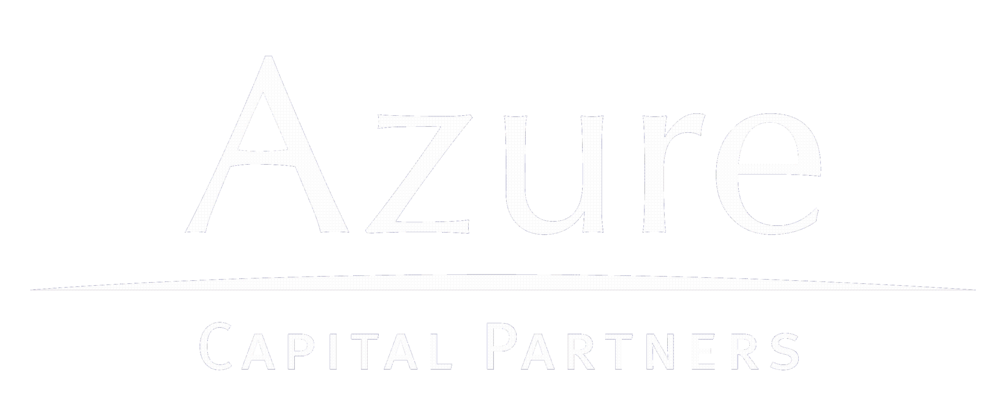MakerCon helps modern-day inventors turn ideas into products
Fashion Rental Site LE TOTE to Offer Maternity Lines
What's next for VR animation
Mother’s Day Gift Guide for the Busy Entrepreneur
Education.com giving out $1 MM in free subscriptions to schools
Yik Yak’s Founders On The Value Of Anonymous Apps
Ciena To Buy Cyan For $400 Million
CHELSEY DULANEY
May 4, 2015 7:44 a.m. ET
Telecom-equipment maker Ciena Corp. said Monday that it has agreed to buy Cyan Inc.in a cash-and-stock deal valued at about $400 million.
Cyan provides software and platforms for network operators, while Ciena makes fiber-optic networking equipment.
Under the terms of the deal, Cyan shareholders will receive a consideration equal to 0.224 shares of Ciena stock, 89% of which will be delivered in Ciena shares and 11% in cash.
Based on Ciena’s closing price Friday, the offer is valued at $4.77 per Cyan share, a 31% premium to Cyan’s last closing price.
Net of cash being acquired, the deal is valued at $335 million.
Meanwhile, Cyan reported that its revenue surged 89% in the first quarter of the year to $36 million.
Cyan posted a net loss of $52.9 million, or $1.11 a share, compared to a loss of $17.8 million, or 38 cents a share, a year ago. Excluding certain items, Cyan’s per-share net loss fell to 14 cents from net loss of 33 cents a share a year ago.
In March, Ciena posted a wider loss and disappointing revenue for its latest quarter, weighed by foreign exchange and the timing of orders.
Higher demand in the optical-gear market has helped the company improve its revenue in recent periods. Ciena has also upgraded and diversified its offerings while broadening its base of customers.
Write to Chelsey Dulaney at Chelsey.Dulaney@wsj.com
Trailblazing Women: Reshma Shetty, Co-founder of Gingko Bioworks
Sprinklr acquires Brazilian Scup
Bringing Lifecycle To File Sharing - K2 And Box Partner
We hear much about context with regards enterprise applications today. Context is a very important thing, especially when we look at the history of enterprise technology. The traditional approach with enterprise IT was to make users work the way technology forced them to. The reasons for this were obvious – technology was expensive, difficult to customize and somewhat brittle. No business could afford the time or resource to fully mold the technology to the way its employees worked and hence the employees had to be flexible.
Fast forward to today and software is far easier to create and customize. Salesforce.com is perhaps the earliest example of this trait. Despite having all its customers essentially on one code base of its software, Salesforce gives them the flexibility to customize the experience to the way they work. It’s fair to say that, in this modern paradigm if you offer one style of software with little or no customization ability, you’ll soon be left behind.
So in that context it is interesting to see an integration being announced today between K2 and Box. Box is, of course, the newly-listed enterprise file sharing and collaboration vendor. Don’t suggest (at least not within the earshot of CEOAaron Levie) that they’re simply a file sharing tool though, he’s adamant that they’re a productivity and collaboration platform.
For its part, K2 is a company that offers the ability for people to create and run business applications, without being developers. K2 is democratization writ large – the low-code platform uses workflows and forms in place of developers and code. In doing so it makes it far easier for organizations, and more importantly the workers within those organizations, to create and tailor applications to their particular needs.
Under this partnership, K2 is integrating its Appit and blackpearl platforms into Box. The idea being that K2 is the application frontend that leverages the data stored on the Box platform. The integration through K2’s tools makes it possible for customers to build business applications with forms and workflows directly from the Box platform. Users gain the ability to access and manage documents in Box through any K2 form, workflow or business application. On top of that, workflow wizards enable users to create, delete and update documents in Box, and search capabilities span across multiple Box folders as a part of K2 forms or workflows.
This is a natural partnership, but I have some qualms, particularly as it relates to Box’s stated ambition of being a true platform. It seems that this sort of integration does little to further Box’s story about being the platform itself. Under this model, K2 is the valuable presentation and customization layer while Box simply provides the backend plumbing to make it all work. It’s a nice deal for K2, but a troublesome one for Box.
Fundamentally, this sort of workflow customization should, in my view, be a core part of the Box platform. If the company is genuinely ambitious to be more than plumbing, it needs to own the tools that allow it to be a Salesforce-like enabler of personalized experiences. That’s what K2 is offering in this partnership, but what Box needs to think about providing for itself.
Don’t get me wrong, it’s a great move for customers and should see some interesting uptake. I’m just not sure that, in the scheme of things, it’s a good thing for Box’s bigger ambitions.
Matter.io: Bringing 3D Printing to the Masses
Boulder-based online retailer The Cotery raises $766,000
Unitas Global Launches UnitasAtlas® in Time for Channel Partners Vegas
Kanata’s Ranovus Developing Standards for Data Centre Transmission
Engineering Community Hakka Labs Raises $500,000 Angel Round to Develop Hakka Logs, the Developer Connection Platform
The Bouqs Company Announces New Board and Team, An All-new User Experience, and Development Deal
http://www.prweb.com/releases/2015/02/prweb12503469.htm





